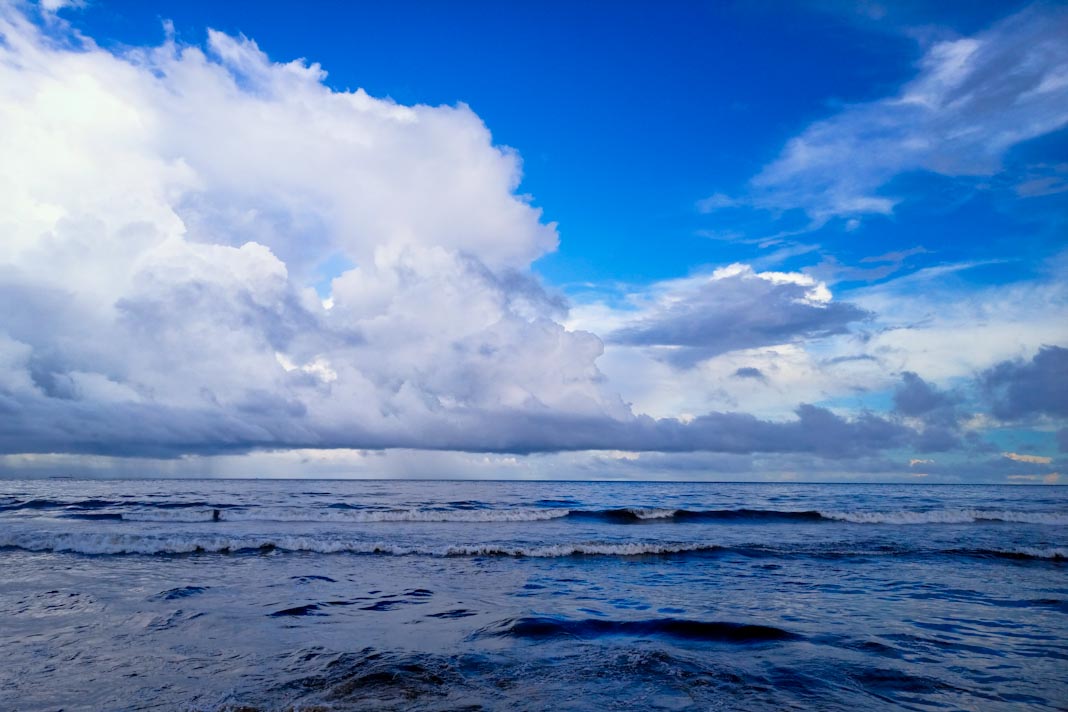Two years after an incident that damaged vital subsea infrastructure in the Gulf of Finland, a specific large cargo vessel has again received permission to traverse the Arctic. This development highlights ongoing concerns about the security of critical undersea cables and pipelines.
Return to the Arctic
The vessel, which received a permit for Russia’s Northern Sea Route on July 22, is currently heading north in the Sea of Japan, cleared by Russian authorities to transit the Arctic in both directions between August 1 and October 31. This marks the vessel’s first return to European and Arctic waters since the October 2023 incident.
The Balticconnector Incident
In October 2023, the Hong Kong-flagged and Chinese-owned vessel became the primary suspect in the damage to the Balticconnector pipeline and communication cables between Finland and Estonia. Investigations found deep grooves on the seabed and an anchor in the vicinity of the damage that matched the specific vessel. Furthermore, the vessel was later photographed with its port anchor missing.
Chinese officials initially attributed the anchor dragging to severe storm conditions, a claim met with skepticism by investigators and experts given the mild meteorological conditions at the time. Concerns were also raised about the implausibility of an anchor being dragged unnoticed for over 100 nautical miles. The incident caused over $40 million in damages and disrupted regional energy and communication infrastructure for months. A criminal case against the captain is currently proceeding through the Chinese court system, with further hearings expected no earlier than September 2025.
Broader Concerns Over Subsea Infrastructure Security
The Balticconnector incident was not an isolated event and has contributed to broader concerns about the vulnerability of Europe’s subsea infrastructure.
- November 2024 Incident: A year after the Balticconnector event, another large bulk carrier was accused by Swedish authorities of damaging the C-Lion1 and BCS subsea data cables in the Baltic Sea, which connect Finland and Germany, as well as Sweden and Lithuania. This vessel was detained in the Danish Straits for weeks before being permitted to depart. Chinese authorities denied any malicious intent, and the Swedish investigation concluded without definitive evidence of sabotage.
- December 2024 Incident: A month later, the Estlink 2 undersea power cable and four telecom lines connecting Finland and Estonia were damaged. Finnish authorities seized a tanker registered in the Cook Islands on suspicion it caused the damage by dragging its anchor, noting that the vessel was part of a “shadow fleet” used to circumvent sanctions on Russian oil.
These incidents underscore the increasing geopolitical significance and vulnerability of underwater infrastructure, which is crucial for global communication, energy supply, and economic stability. The repeated nature of these events has led to questions about intentional interference versus accidental damage, particularly given the challenges of attributing responsibility in international waters and the increasing use of “shadow fleets” that operate with less transparency.
Did you subscribe to our daily Newsletter?
It’s Free Click here to Subscribe!
Source: gCaptain

















